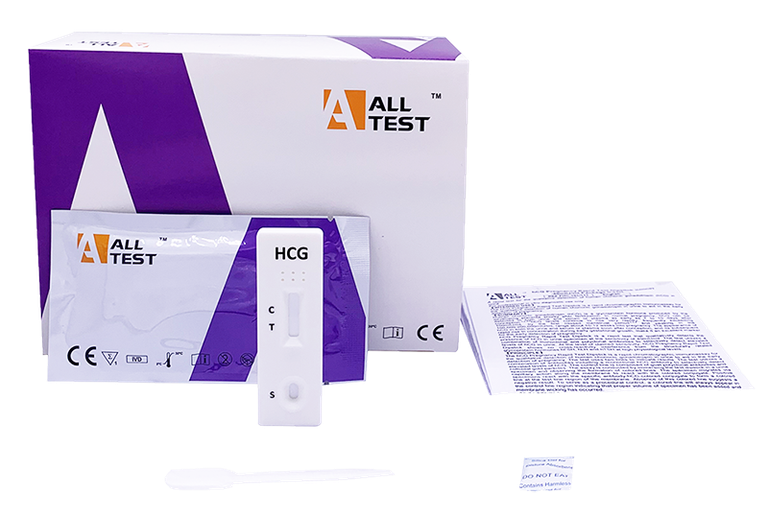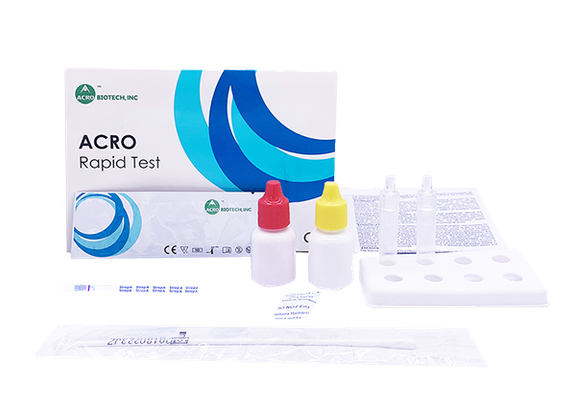New Study on QuikRead go easy CRP supports the use of CRP-based scoring to improve neonatal infection management in low-resource settings
A recent prospective observational study published in BMC Pediatrics (Lloyd et al. 2025) highlights the potential of a novel near patient decision-making tool that combines clinical signs with C-reactive protein (CRP) point-of-care testing (POCT) to support more evidence-based antibiotic use in neonatal care. The study focused on very low birthweight (VLBW) infants in low-resource settings and also evaluated whether this tool could reduce the length of antibiotic treatment.

The burden of neonatal infections
Neonatal healthcare-associated infections (HAIs) are a leading cause of death and long-term disability in premature infants, particularly in low- and middle-income countries. HAIs are defined as infections occurring after 72h of admission to a neonatal care unit. Accurate and early diagnosis of neonatal infections is critical but challenging due to non-specific symptoms and limited access to reliable lab tests. As a result, antibiotics are commonly prescribed without confirmation of bacterial infection and sometimes unnecessarily prolonged due to diagnostic uncertainty. Exposure to unnecessary antibiotics contributes to antibiotic resistance, extended hospital stays, and adverse health outcomes.
Study results
The study was conducted in South Africa and enrolled 180 neonates with 214 episodes of suspected HAI. The study evaluated an antibiotic decision-making tool that combined the NeoHoP infection prediction score with CRP POCT using QuikRead go easy CRP, performed both at the time of HAI diagnosis and 24 hours later. The NeoHop score includes five variables: Capillary refill time >3 seconds, lethargy, abdominal distention, central venous catheter in the last 48 hours, and CRP ≥10 mg/l, each contributing to 1 point.
A NeoHoP score of 0 was used to rule out HAI, while scores 1 and 2 indicated suspected infection. When combined with a second CRP point-of-care (POC) test after 24 hours, the tool demonstrated 98.3% sensitivity and 97.8% specificity. Diagnostic accuracy of combined CRP POC measurements without NeoHop score (at timepoint 0 and 24 hours later) yielded excellent sensitivity and specificity of 97.4% and 100%, respectively. Retrospective application of the tool significantly reduced the overall length of antibiotic therapy by 2 days. The most significant reduction of 3 days was seen in neonates who ultimately did not have an infection. Notably, 40.7% of antibiotics could have been theoretically withheld using the tool.
The role of QuikRead go easy CRP
QuikRead go easy CRP was used to measure POC CRP level, enabling faster and more informed clinical decisions compared to standard laboratory CRP testing. The study emphasized that rapid and reliable POC CRP testing is essential for safely reducing unnecessary antibiotic use in neonatal care.

Conclusion
These findings support the increasing evidence that CRP POCT, especially when combined with clinical scoring tools, plays an important role in improving antibiotic stewardship and enhancing care for vulnerable neonates. Tools like QuikRead go easy CRP can help clinicians act quickly and confidently, even in settings where laboratory access is limited.
Reference
Lloyd LG et al. Theoretical impact of a bedside decision-making tool on antibiotic use for suspected neonatal healthcare-associated infection: an observational study. BMC Pediatrics 2025; 25:52.
The article is freely available here.


